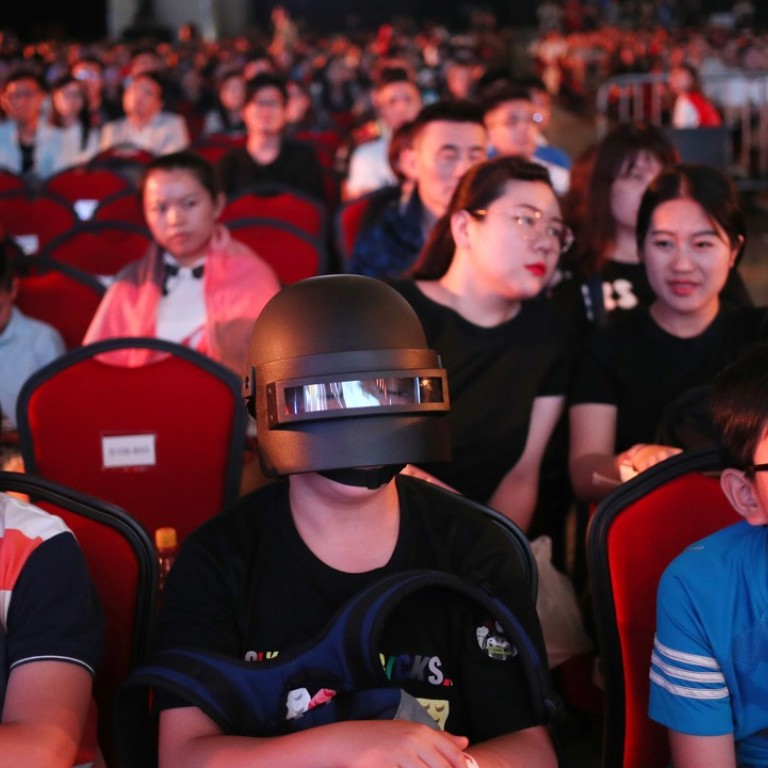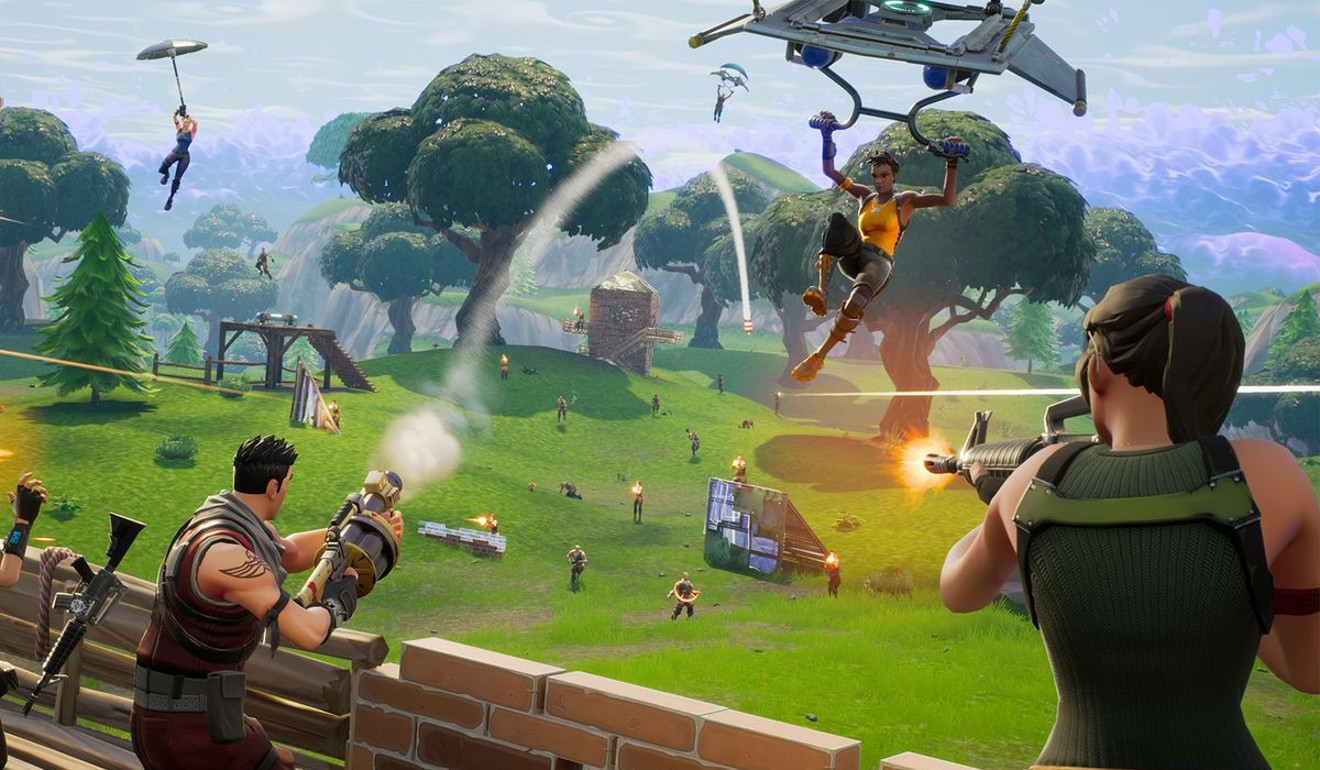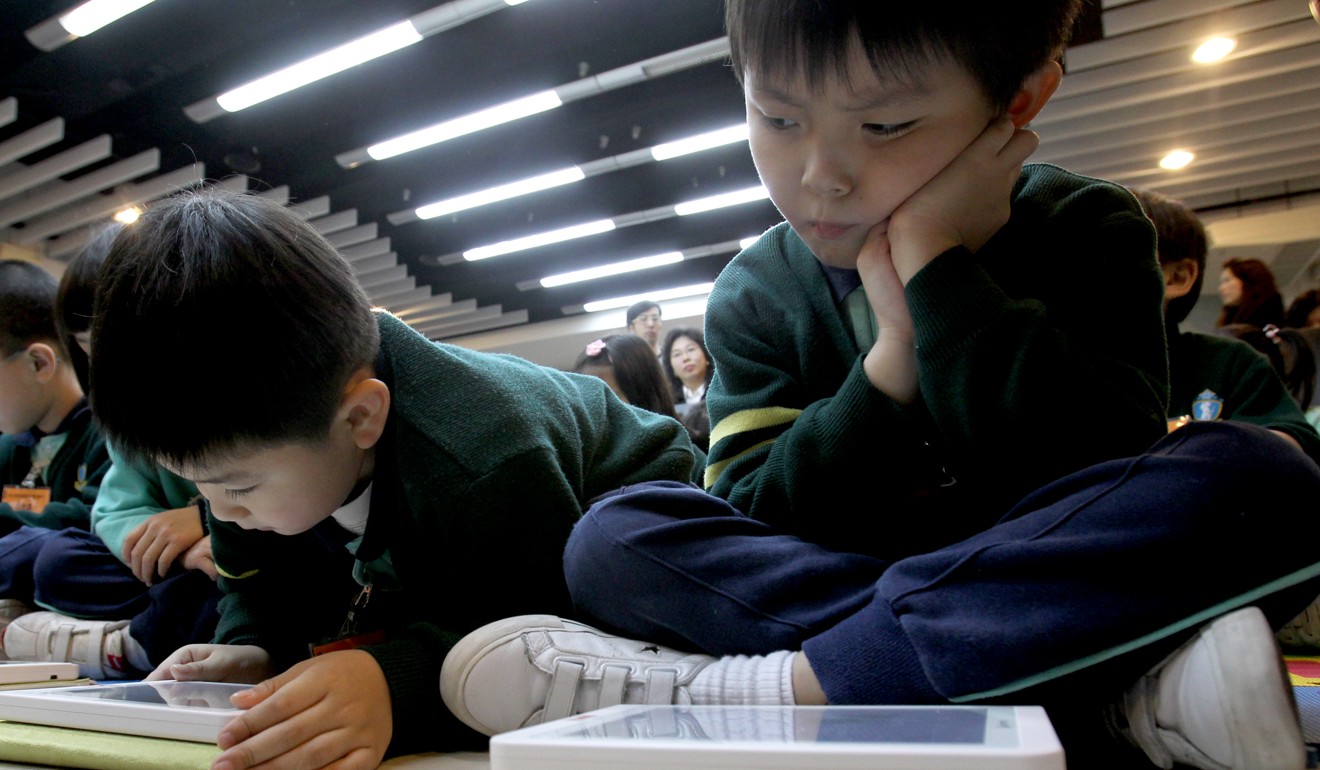
Evidence for Chinese view that video games cause childhood myopia is lacking, doctors say
The causes of shortsightedness are unclear. It could be as much what children don’t do – play outside – as something they do, such as prolonged focusing on a nearby object; and there’s genes
A blight of bad eyesight plagues cities in China and other East Asian countries. In Hong Kong and Singapore, the rate of myopia, or nearsightedness, is as high as 90 per cent in young adults.
Though things aren’t as blurry in the United States – about a third of the population has trouble seeing distant objects – rates have doubled since the 1970s. If current trends continue, half of the world could be myopic by 2050.
Gaming addiction under spotlight in China as regulators tighten control on industry
China blames video games for the epidemic and recently took them to task. The state-run Xinhua News Agency wrote this week that the “vision health of our country’s young people has always been of great concern” to Xi Jinping, the Communist Party general secretary and China’s president. Chinese media distributors, according to media reports, will limit the number of new games approved for sale.
By singling out video games, China has taken a somewhat “extreme stance”, according to Aaron Miller, a paediatric ophthalmologist and a clinical spokesman for the American Academy of Ophthalmology. “There’s not a direct correlation or a clear relationship between video games, screen time and nearsightedness development.”
The scientific literature can offer only a fuzzy picture of myopia’s causes. Diet and genes influence myopia; myopic parents are more likely to have myopic children. Behaviours can play a role, too.

Some ophthalmologists look to activities lumped together under a term called “near-work” – any prolonged focus on a nearby object, as when reading, checking phones, studying and, yes, watching screens. Researchers have observed higher rates of myopia in college students, post-literate societies and, in one study, people who frequently use microscopes.
There appears to be “a loose association” with near-work activities and nearsightedness, says Miller, although doctors do not fully understand the mechanism.
A recent and “very good study”, according to Miller, tracked myopia in nearly 2,000 children between seven and 12 for four years in Taiwan. Most myopia studies focus on children around aged from four to 12, when eyes grow and change shape.
In 2009, a quarter of the children had myopia, said the report, published this summer in the journal Ophthalmology. By 2013, an additional 28 per cent of the students in the study developed it. Taiwanese children who attended “cram schools” – for-profit courses where students learn English or other topics – had above-average risk for myopia.
“We’re not sure if it’s the near-work that’s driving” these increased rates, says Miller, “or what’s not happening because those individuals are doing near-work.”
Why half the people in China need their eyes examined
Reductions in exposure to natural sunlight seem to correlate with nearsightedness. Put another way, the nature of the near-work – whether children are doing homework or reading or playing Fortnite – might matter less than the fact that they are not outside.
In another recent study of schoolchildren, this time 10,000 kids in Delhi, India, those who spent more than 14 hours outdoors a week developed myopia at lower-than-average rates.
Myopia costs America alone US$16 billion each year. And the ramifications of this myopia boom could be even more serious. As nearsightedness worsens, the risk of diseases like glaucoma go up.

Nearsighted eyes can physically change, Miller says, elongating from orbs into olive shapes. When this happens, the retina, the eye’s lining, gets thinner. Little tears form in retinas that are stretched too thin. Miller likens the tears to “wallpaper starting to peel off a wall”. In the worse case, the result is retinal detachment and blindness.
The American Academy of Ophthalmologists recommends that people rest their eyes every so often by gazing at something other than screens.
Hong Kong holidaymakers, it is time to put the phone down
It has a 20-20-20 rule: every 20 minutes look at a thing 20 feet away for 20 seconds. Gaze out of a window after beating a video game level or finishing a few chapters of a book. Alternate between an e-reader and an old-fashioned book. Don’t forget to blink.
If you really want to give your eyes a treat, get off your phone, shut down your laptop, go outside and watch the birds.

